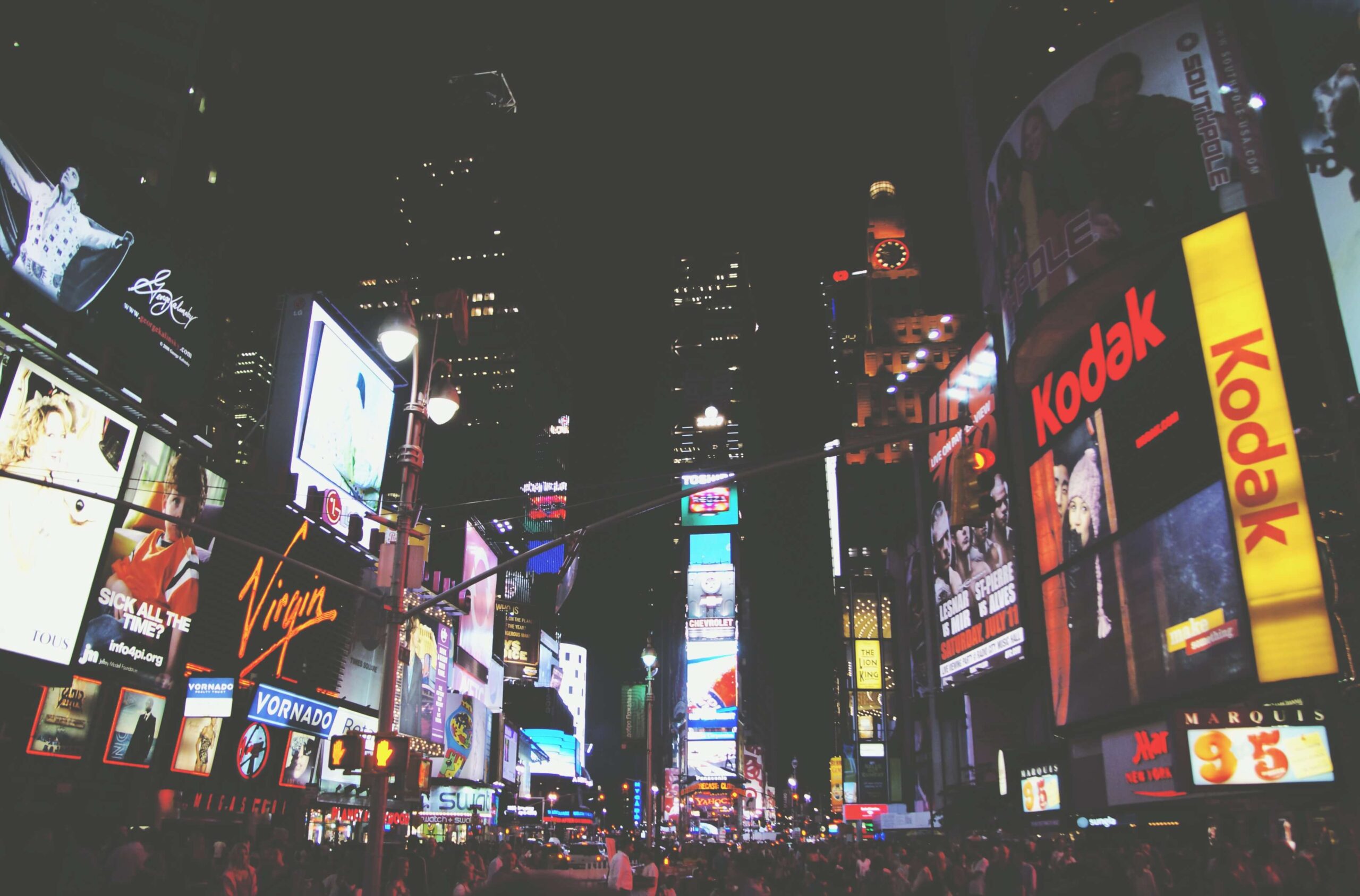Digital advertising has transformed the way businesses reach their customers. If you’ve ever wondered how a shoe advertisement magically appears after you’ve been searching for footwear online, you’ve witnessed the power of digital advertising. One of the most potent tools in this realm is programmatic advertising. This guide aims to demystify the concept, especially for those new to it.
In the vast ocean of digital marketing, various technologies help advertisers display their ads to the right audience. Programmatic advertising is a shining star among them. It’s an advanced method that automates the decision-making process of where ads are placed, using artificial intelligence (AI) and real-time bidding (RTB) for online display, mobile, and video campaigns. Think of it as the stock exchange for ads.
What is Programmatic Advertising?
Programmatic advertising is the automated buying and selling of online ad space. Instead of traditional ad buying where ads are bought in bulk, programmatic ads are purchased on a per-case basis. It sounds complex, but it’s akin to setting up a playlist where, instead of manually selecting each song, an algorithm chooses the music based on your preferences.
The Role of Programmatic Ads in Modern Marketing
Programmatic ads have revolutionized the advertising world. Remember the old days when placing an ad meant liaising with a salesperson, negotiating prices, and then manually inserting the ad? That’s the manual method. Programmatic does this automatically.
Benefits of programmatic ads include:
- Precise Targeting: Ads can be shown to users based on specific criteria like age, interests, or browsing behavior.
- Real-time Data and Insights: Advertisers can see how their ads are performing in real-time and adjust accordingly.
- Efficient Budget Use: By targeting only the users likely to be interested, advertisers can get more bang for their buck.
- Enhanced User Experience: Users see ads that are more relevant to them, making their online experience smoother.
Types of Programmatic Ad Buying
Programmatic advertising isn’t just a one-size-fits-all approach. There are different methods to buy ads programmatically, each with its advantages:
- Real-Time Bidding (RTB): This is the most common form of programmatic buying. RTB involves live auctions. When a user visits a website, the site sends a message to an ad exchange, which then auctions off the ad spot to the highest bidder—all in real-time.
- Private Marketplaces (PMP): PMPs are invite-only marketplaces where high-quality publishers offer their ad inventory to a select group of advertisers. It’s more exclusive than RTB and often involves premium ad inventory.
- Programmatic Direct: This method is more traditional. Here, advertisers agree to buy a specific number of ad impressions at a set price. It’s automated but lacks the auction component of RTB.
Each method offers unique advantages, and advertisers can choose based on their specific needs and the type of audience they’re targeting.
Key Players in Programmatic Advertising
In the world of programmatic advertising, several platforms play crucial roles:
- Demand-Side Platforms (DSPs): These are tools that advertisers use to buy ads in an automated fashion. Think of them as your virtual ad shopping mall.
- Supply-Side Platforms (SSPs): These platforms allow web publishers to manage their ad space inventory, fill it with ads, and receive revenue. It’s like a shopkeeper deciding where to place products in a store.
- Data Management Platforms (DMPs): These are like the brains behind the operation. They collect and analyze a ton of data which helps advertisers refine their ad targeting.
- Ad Exchanges: A digital marketplace where advertisers and publishers buy and sell ad space. The auction-like system we mentioned? It happens here.
Challenges in Programmatic Advertising
While programmatic advertising offers numerous benefits, it’s not without its challenges. Understanding these can help you navigate the landscape better, especially if you are starting afresh:
- Transparency Issues: With many intermediaries involved in the programmatic chain, it’s often hard to trace where every dollar goes. Advertisers might find it challenging to determine how much of their budget is going to the publisher and how much is being taken as fees by the various platforms involved.
- Ad Fraud: The digital advertising industry faces significant issues with fraudulent activities. Some entities use bots to generate fake clicks or impressions, giving the illusion of successful ad performance. Such activities can drain advertisers’ budgets without delivering real results.
- Brand Safety: In the vast world of the internet, not all content is brand-friendly. Advertisers run the risk of their ads appearing next to inappropriate or harmful content, which can damage their brand’s reputation.
- Data Privacy Concerns: With the growing emphasis on user data privacy, thanks to regulations like GDPR and CCPA, advertisers need to tread carefully. Ensuring that user data is collected and used ethically and legally is paramount.
Future of Programmatic Advertising
The future looks bright . Most small businesses now are moving towards programmatic channels , which was earlier only restricted to biggest media buyers. As technology advances, we’re likely to see more AI-driven insights, quicker real-time bidding, and even more precise targeting. But, as with all tech, it’s essential to keep an eye on privacy concerns and ensure users feel safe and respected.
So, what’s the bottomline?
Programmatic advertising might sound like a complex beast, but at its heart, it’s about efficiency and precision. As technology continues to evolve, advertisers and marketers will have even more tools at their disposal to reach their audience in meaningful, impactful ways.




